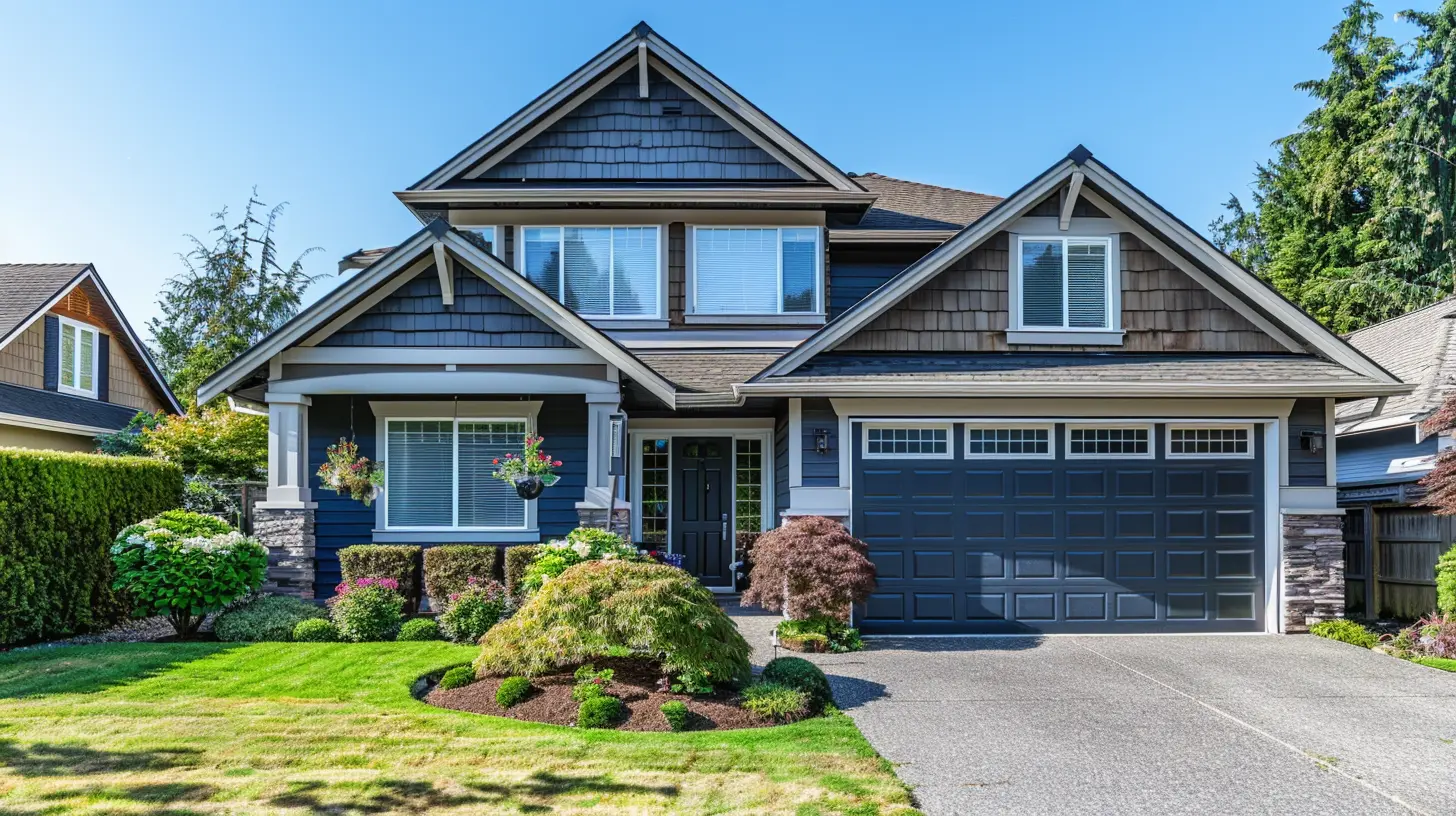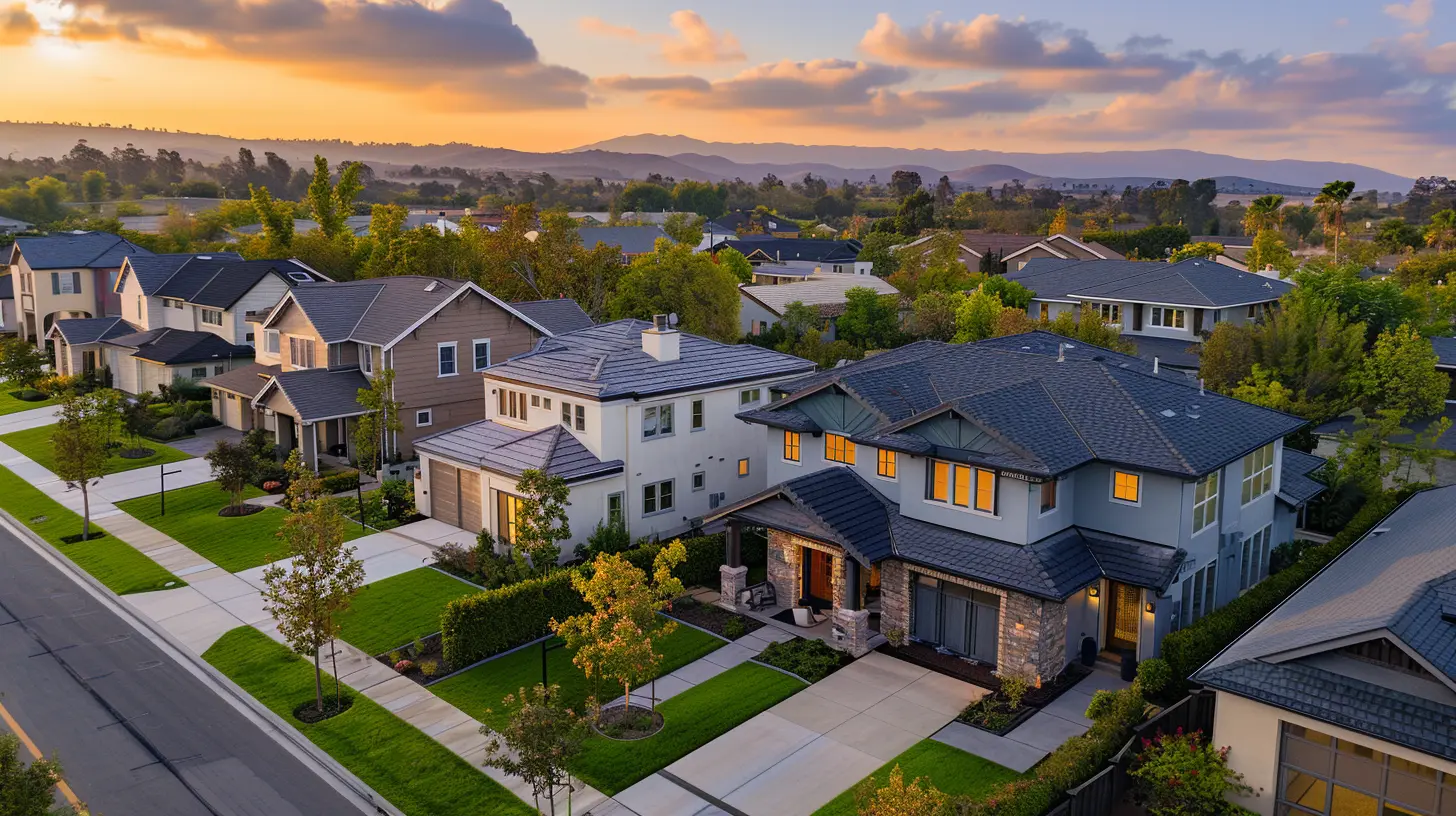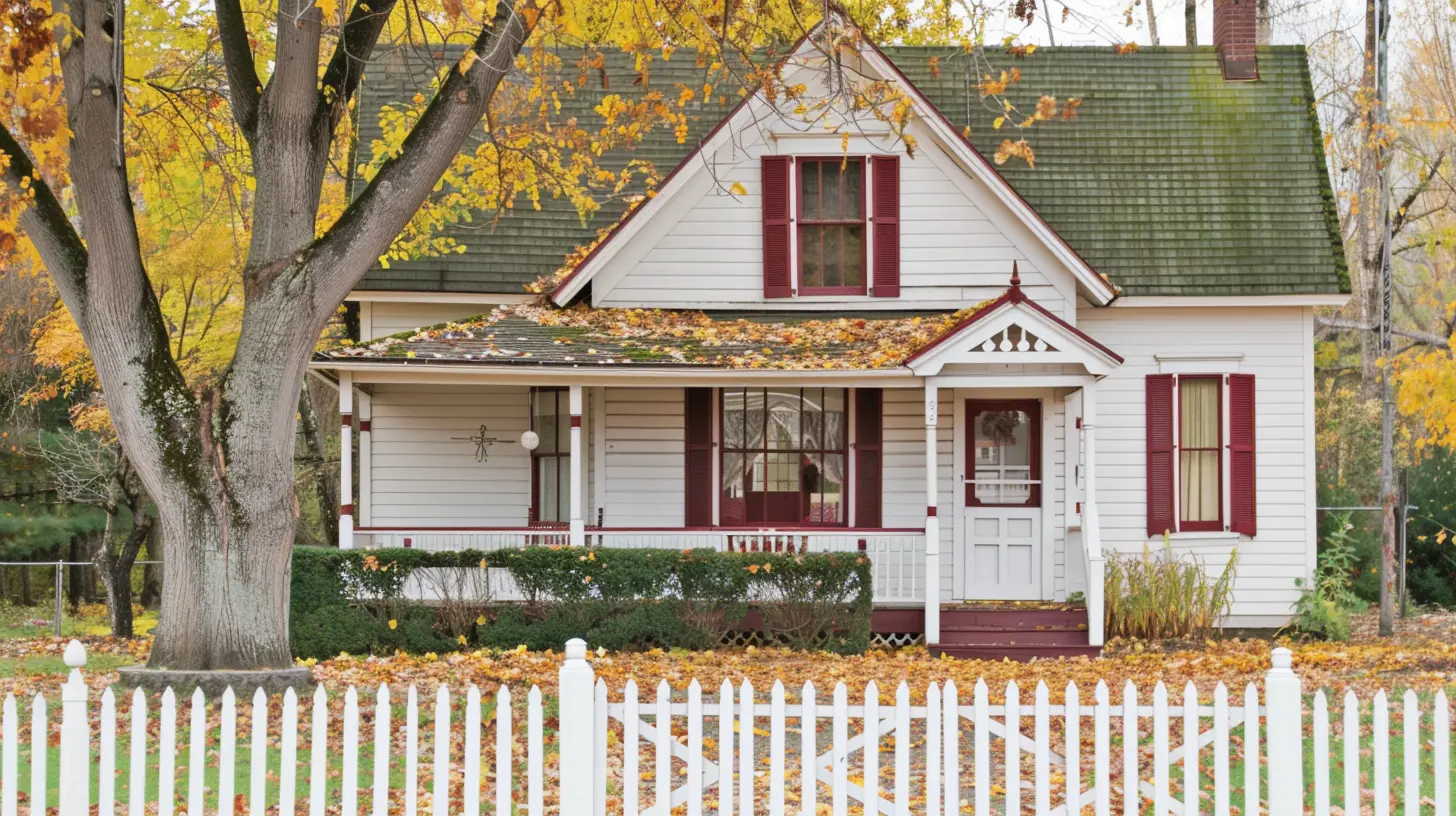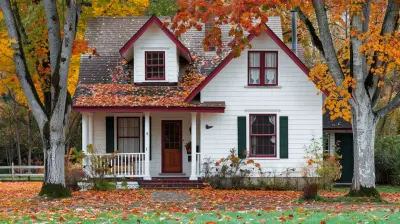Financing Strategies for First-Time Buyers with Low Down Payments
4 June 2025
Buying your first home is an exciting milestone, but it often comes with a significant financial challenge—especially when it comes to the down payment. Many first-time buyers assume they need a hefty 20% down payment, but that’s simply not true. There are plenty of financing strategies that allow you to buy a home with little to no money down.
In this guide, we’ll break down the best financing options, tips, and tricks to help first-time homebuyers secure their dream home—even if they don’t have a big savings account.

Understanding Low Down Payment Options
Before diving into specific loan programs, it's essential to understand what a low down payment means in the context of home buying. Generally, a low down payment is anything below 20%. Some loan programs go as low as 3% or even 0%, making homeownership much more accessible.Now, let’s explore the different financing strategies that can help you get the keys to your first home sooner than you think! 
1. Government-Backed Loan Programs
Government-backed loans are some of the best options for first-time buyers with limited funds. These programs are designed to make homeownership more affordable by offering lower down payments and competitive interest rates.FHA Loans (Federal Housing Administration Loans)
FHA loans are one of the most popular options for first-time homebuyers. They only require a 3.5% down payment, and they have more lenient credit score requirements compared to conventional loans.Pros:
✅ Low down payment (3.5%)
✅ More flexible credit requirements
✅ Can use gift funds for the down payment
Cons:
❌ Requires mortgage insurance premium (MIP)
❌ Loan limits vary by location
This is a solid option if your credit score isn’t perfect, but you still want to qualify for a home loan with a small down payment.
VA Loans (For Veterans and Active Military)
If you’re a veteran, active-duty service member, or eligible spouse, the VA loan is hands down one of the best financing options. It allows you to buy a home with 0% down and no private mortgage insurance (PMI).Pros:
✅ No down payment required
✅ No PMI, saving you thousands
✅ Competitive interest rates
Cons:
❌ Only available to military members and veterans
❌ Must meet specific service requirements
For those who qualify, this is a fantastic way to buy a home without needing thousands of dollars upfront.
USDA Loans (For Rural and Suburban Buyers)
The U.S. Department of Agriculture (USDA) loan offers 0% down payments for buyers purchasing homes in eligible rural and suburban areas.Pros:
✅ No down payment required
✅ Lower mortgage insurance costs
✅ Competitive interest rates
Cons:
❌ Restricted to specific rural and suburban locations
❌ Income limits apply
If you're willing to live outside a major city, a USDA loan could be a cost-effective home financing option. 
2. Conventional Loans with Low Down Payments
Many people assume conventional loans require 20% down, but that’s a myth. There are options for as low as 3% down, making them accessible to first-time buyers.Freddie Mac Home Possible & Fannie Mae HomeReady Loans
These two programs are designed for low-to-moderate-income buyers and require just a 3% down payment.Pros:
✅ Low down payment (3%)
✅ Reduced PMI costs
✅ Flexible income requirements
Cons:
❌ Credit score requirements are higher than FHA loans
❌ Income limits apply in some areas
If you have decent credit and a stable income, these loans can be an excellent alternative to FHA loans—often with lower monthly payments. 
3. Down Payment Assistance Programs (DPA)
Even if you qualify for a low-down-payment loan, coming up with just a few thousand dollars can still be challenging. That’s where down payment assistance (DPA) programs come into play.These programs, often offered by state and local governments, provide grants or low-interest loans to cover some (or all) of your down payment.
Types of DPA Programs:
🟢 Grants: Free money you don’t have to repay🟢 Forgivable Loans: Loans that are waived after living in the home for a set period
🟢 Deferred Loans: No payments until you sell or refinance the home
Each state has different programs, so check with local housing authorities or lenders to see what’s available in your area.
4. Employer and Community Assistance Programs
Did you know your employer might help you buy a house? Some companies offer homebuyer assistance benefits, particularly for essential workers like teachers, healthcare professionals, and first responders.Examples of Employer Assistance:
🏡 Employer-Sponsored Home Buying Assistance: Some companies offer financial aid to help employees with closing costs or down payments.🏡 Good Neighbor Next Door Program: A HUD program providing 50% off home prices for teachers, firefighters, law enforcement officers, and emergency medical personnel.
These types of programs can significantly reduce the amount of cash you need upfront.
5. Using Gift Funds for Your Down Payment
Many loan programs allow homebuyers to use gift funds for their down payment. This means a family member or close friend can help cover the cost, and lenders won’t hold it against you.Rules for Using Gift Funds:
✔ Must be from an approved source (family, employer, charitable organization)✔ Needs a formal gift letter stating no repayment is required
✔ Must be properly documented to satisfy lender requirements
If you have generous relatives willing to help, this option can make your home purchase much easier.
6. Saving and Budgeting Tips for Your Down Payment
Even with a low or no-down-payment loan, it’s still smart to save as much as possible. Here are some practical ways to boost your savings:💰 Automate Savings – Set up a separate savings account and automate transfers from every paycheck.
💰 Cut Unnecessary Expenses – Skip expensive coffee, reduce dining out, and cancel unused subscriptions.
💰 Pick Up a Side Hustle – Extra income from freelancing or gig work can accelerate your savings.
💰 Use Windfalls Wisely – Tax refunds, work bonuses, and monetary gifts should go straight into your down payment fund.
Saving even a small amount each month can make a big difference in your ability to afford a home.
Final Thoughts
Buying a home as a first-time buyer doesn't have to be impossible—even if you don’t have a large down payment. With the right financing strategies, government-backed loans, and assistance programs, homeownership can be within your reach.The key is to research your options, improve your credit score where possible, and take advantage of available resources. Whether it's an FHA loan, a VA loan, or down payment assistance, there's a path to homeownership for everyone.
So, don’t let the idea of a 20% down payment scare you away—there are plenty of opportunities to buy your first home without breaking the bank!
all images in this post were generated using AI tools
Category:
First Time Home BuyersAuthor:

Elsa McLaurin
Discussion
rate this article
4 comments
Miranda McAllister
Unlock your dream home with smart financing!
June 12, 2025 at 2:56 AM

Elsa McLaurin
Thank you! Smart financing can truly make homeownership more accessible for first-time buyers.
Maddox Mendez
Great insights! Utilizing creative financing can significantly assist first-time buyers with low down payments.
June 8, 2025 at 4:30 AM

Elsa McLaurin
Thank you! I'm glad you found the insights helpful. Creative financing can indeed open doors for many first-time buyers.
Corinne Nguyen
“Time to turn your ‘someday’ into ‘today’—let’s get house hunting!”
June 7, 2025 at 5:00 AM

Elsa McLaurin
Absolutely! Taking action today can make your homeownership dreams a reality. Let's dive into those financing strategies!
Bianca McGillivray
Great insights! I'm intrigued by the various financing options for first-time buyers with low down payments. It's fascinating how these strategies can open doors to homeownership and empower many to invest in their future.
June 5, 2025 at 10:57 AM

Elsa McLaurin
Thank you! I'm glad you found the financing options intriguing. They truly can make homeownership more accessible for first-time buyers.



